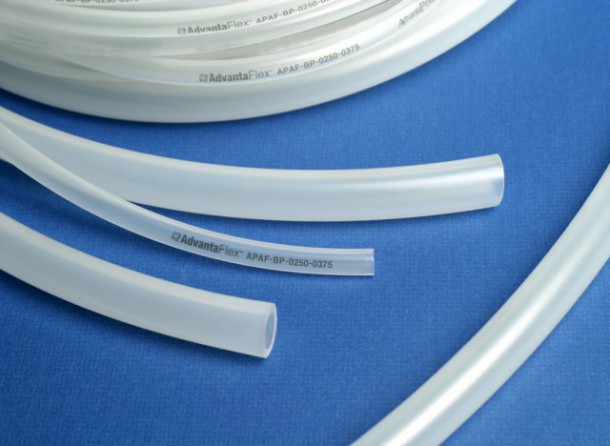Voices of Biotech
Podcast: MilliporeSigma says education vital to creating unbreakable chain for sustainability
MilliporeSigma discusses the importance of people, education, and the benefits of embracing discomfort to bolster sustainability efforts.
April 28, 2016

Sponsored by AdvantaPure
Tubing for Single-Use bioprocess and pharmaceutical applications has particular requirements. Among them are the ability to withstand various sterilization processes, the delivery of favorable test results regarding extractable substances, and the absence of animal-derived ingredients. Flexibility, permeability, performance in pumps, and welding and sealing capabilities are also common considerations. Additionally, these critical industries should be aware of the environment in which the tubing is manufactured, association standards that must be met and costs.
One of the most important concerns involves ingredients. Those derived from animal sources are typically undesirable because of their potential effects on finished pharmaceutical and biopharmaceutical products. Oils found in some tubing materials can also be detrimental to the end product.
Another crucial topic is validations and extractables. Certain tubing materials like platinum-cured silicone are inherently purer than peroxide-cured silicone and offer fewer substances that can be drawn out. Users of Single-Use tubing need to be aware of tests that should be performed to confirm that any extractables in the tubing’s makeup do not have an affect the product flowing within. Validations are also important, as they verify that the tubing selected has gone through necessary testing.
Download this white paper with ten tips on what to look for and investigate when it comes to narrowing down your Single-Use tubing selection.
You May Also Like